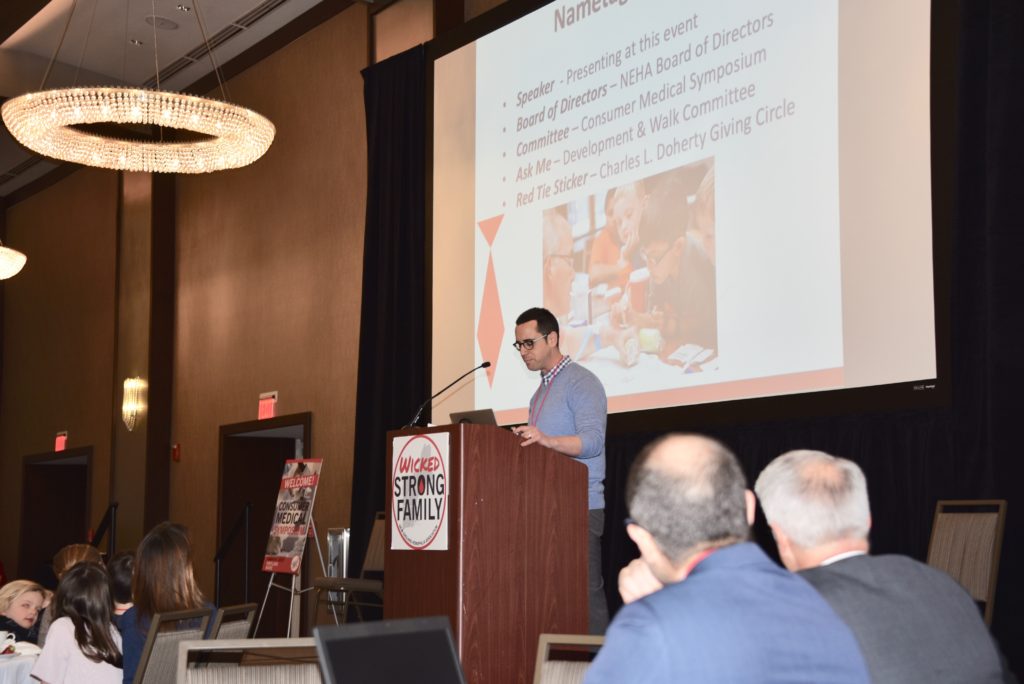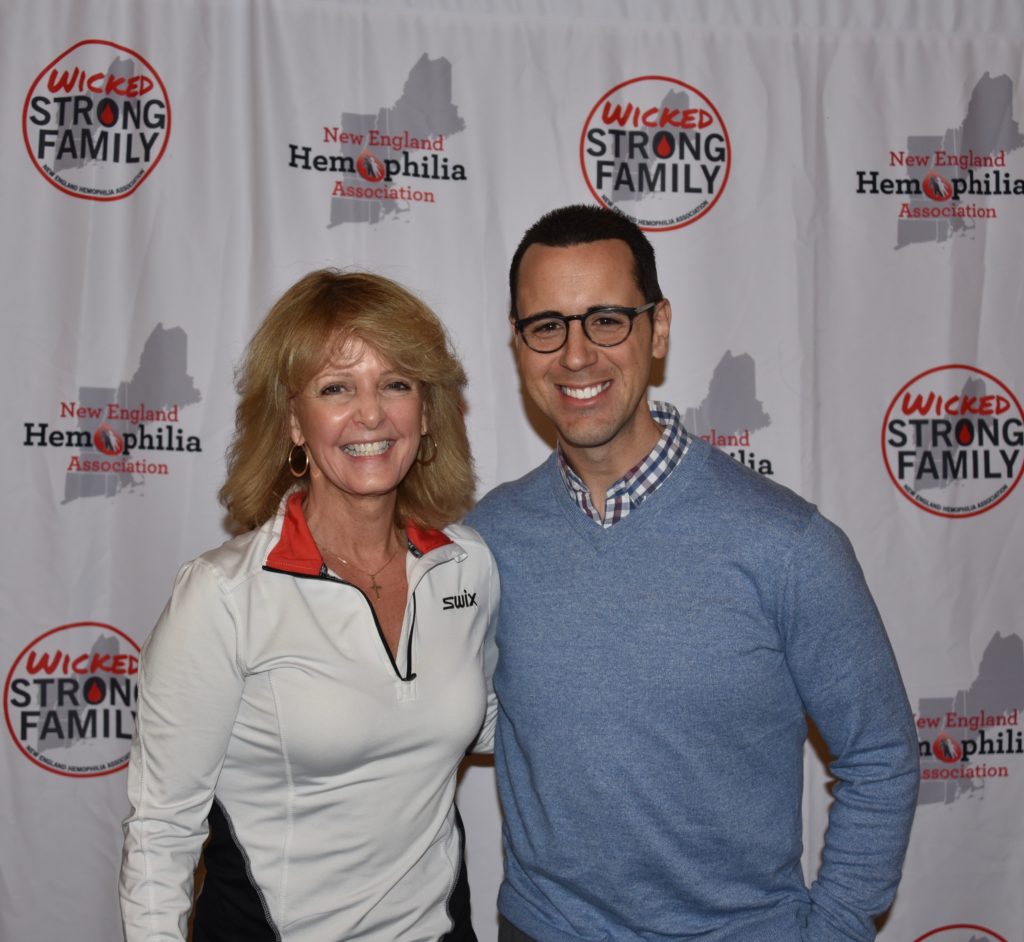Sage Advice to Younger Guys
Stephen C. Place
Here’s my advice for “bleeders.” A bleeding disorder is lifelong, from birth and until death. My perspective is from someone age 64, with mild hemophilia A. My motto is “Firsthand personal experience trumps all.”

The most important priority in the life of a bleeder and their family is to accept the disorder. Over time, consider it a blessing. I most certainly do. Fighting the diagnosis will result in disaster.
Once you have accepted that your blood will not clot like others, your journey will be positive for you and your family. For sure, it’s not all about you. Your family is affected by every decision you make in all situations.
My experience tells me that having a hematologist on board is a first priority. I love regular doctors, NPs, and nurses, but their training is not sufficient to advise you about the treatment of this special disorder. Hematologists are the experts. They are up-to-date on all the new technology and treatments. Have an annual exam and LISTEN TO THEM!
I have learned over the course of my lifetime to treat a bleed early and often. Follow your treatment protocol to the letter. Your hemophilia team should be able to prescribe a treatment plan for a particular bleed via a phone call. Text them a picture of the situation. A picture is worth a thousand words.
Think. Think. Think of the consequences of what you are about to do. After a very serious head injury from riding my bicycle “no handed” (bad decision), I was told to avoid contact sports. OUCH! That really hurt, more so emotionally, than the physical injury. Well, after I got over the shock and awe of my new lifestyle, I decided the ball was in my court (pun intended). I made a firm decision to take responsibility for my disorder, become my own advocate, and get on with life. This is one of the best decisions I have ever made.
Even with this first step, I continued with the idea of proving to the world, and myself, that I really did not have a bleeding disorder. I refused to learn to self-infuse until I was 60 years old (another bad decision). Imagine going to an ER for a long over-due infusion where a nurse said to me, “I have been a nurse for 30 years and have never seen factor VIII before.” WOW! What was I thinking? Now as a “self-infuser” my bleeds are shorter and the life-long consequences of an untreated bleed are minimized. Joint bleeds can cause serious problems for an older bleeder.
We make decisions every day. Some are non-consequential, while others can have serious consequences. Remember, again, it’s not all about you. Every decision you make will affect other people.
My firm opinion, with great wisdom, is to avoid participating in contact sports. Yes, this is tough for a young person because of school age children and parents that are uninformed about bleeding disorders. You will experience discrimination because of hemophilia throughout your life. Be ready for it. Plan your response and be strong. This will be a great character builder.
Parents, as the most important people in your child’s life, steer them to a life as free from bleeds as possible. Please don’t wrap them in cotton, but allow them to experience life as much as possible, helping them to make good decisions. Steer them into activities free from danger, that will help to build character and a profession that will benefit humanity. Prompt them to opt for music, science, medicine, a trade, finance and so many others that will protect them from serious consequences. Help them to choose a good life course. If it becomes their decision, you have done your job.
Back to bleeds. I strongly believe, from experience, that if I need to treat, I screwed up. Plain and simple. Again, this is from a mild hemophiliac who treats on demand. “If I had just thought for a second, I wouldn’t be infusing and missing the opportunity to complete my job”. Again, think, think, think. Time is my most valuable asset. Treating an avoidable injury is the biggest waste of time and money. Aruggh!
Now, about insurance. Picking a good plan is vital. Look for assistance everywhere. Check for state and federal programs that will assist you in paying the premiums. Check for state plans that will cover your deductibles and co-pays. Check with your pharmaceutical manufacturer. There is funding available. Don’t feel guilty accepting help. The best source for this information is your HTC social worker. Just ask!
Life with a bleeding disorder can be great, if you choose to accept it and use it to your personal benefit. Think of the situations you can respectfully avoid that you really don’t want to do. Yes, you have a legitimate reason, not excuse, to avoid sky diving, knife twirling, drag racing and other potentially life threatening activities. Get smart. Log your bleeds, their causes, and the result of your treatment. Help yourself and others to avoid a bleed by documenting the cause of the injury. Embrace your disorder by learning everything and anything you can about it.











